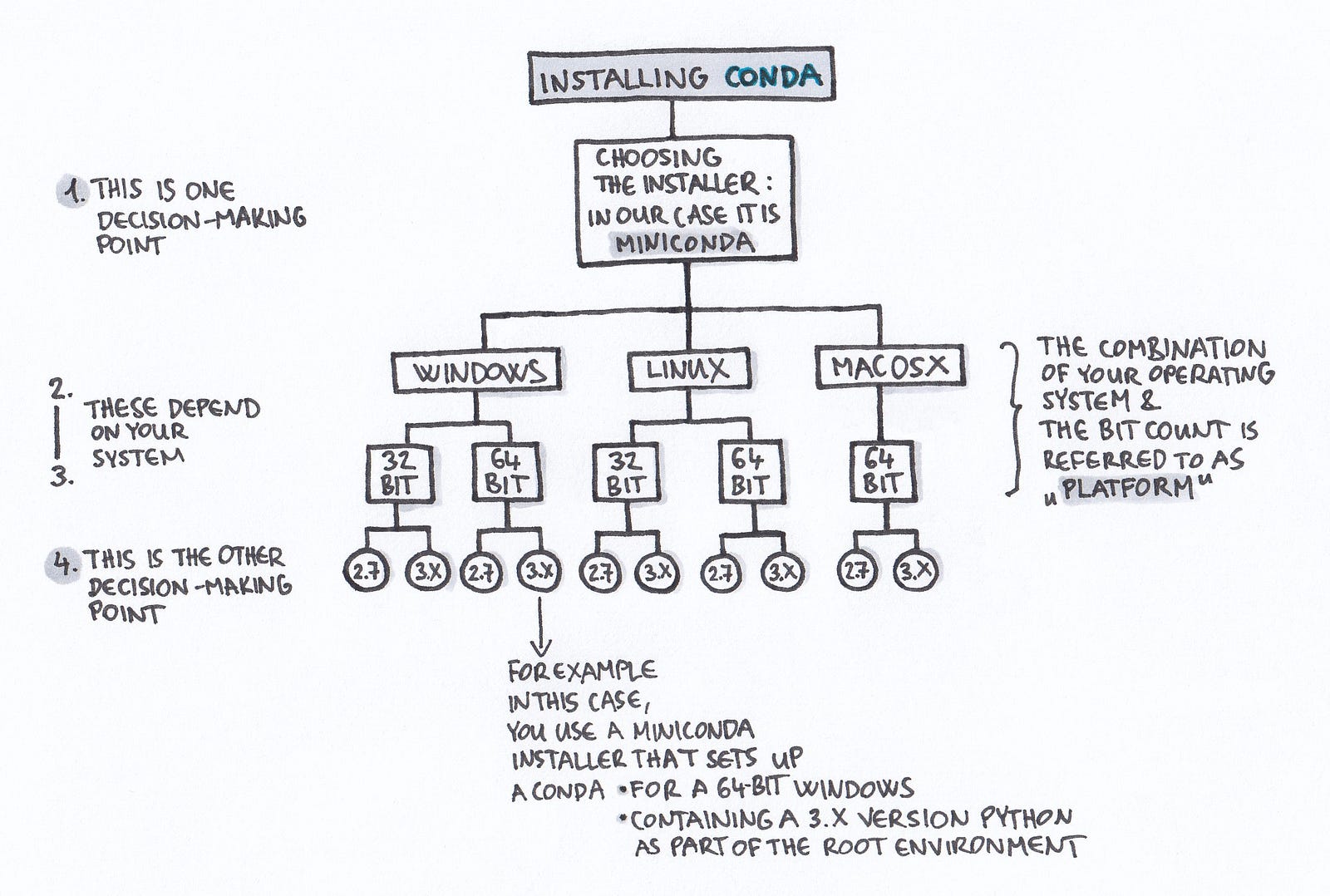


in that terminal you use: conda install -c anaconda numpy. after that you click on the newly created enviroment and open terminal. > conda create –name myenv python=3. Setup Up Environment From the main juypterhub screen (right after logging in and before opening any notebooks) Click the New pulldown button and choose Terminal Create a new environment (see the cheatsheet ). Usually you would open the anaconda navigator, then go to Enviroments on the left side, then at the bottom you would click Add to add a new enviroment. (Installing Anaconda is equivalent to installing Miniconda and then running conda install anaconda. Both install the package manager, but the latter also installs the 300+ packages for scientific Python. Through the Miniconda installer or the Anaconda installer. Lets call the environment name myenv (you can give it any name you want) Conda (the package manager) can be installed in two ways. Create a new environment (see the cheatsheet).While you could use the GUI-based Navigator, it’s often quicker and easier to use the Conda command-line tool that is included as part of your Anaconda distribution. For details on versions, dependencies and channels, see Conda FAQ and Conda Troubleshooting. Click the “New” pulldown button and choose “Terminal” The Conda package manager is the most commonly used way to install and manage packages in a conda environment. To install into a named environment, run: conda install package-name2.3.4 -n some-environment If the package is specific to a Python version, conda uses the version installed in the current or named environment.From the main juypterhub screen (right after logging in and before opening any notebooks).


 0 kommentar(er)
0 kommentar(er)
